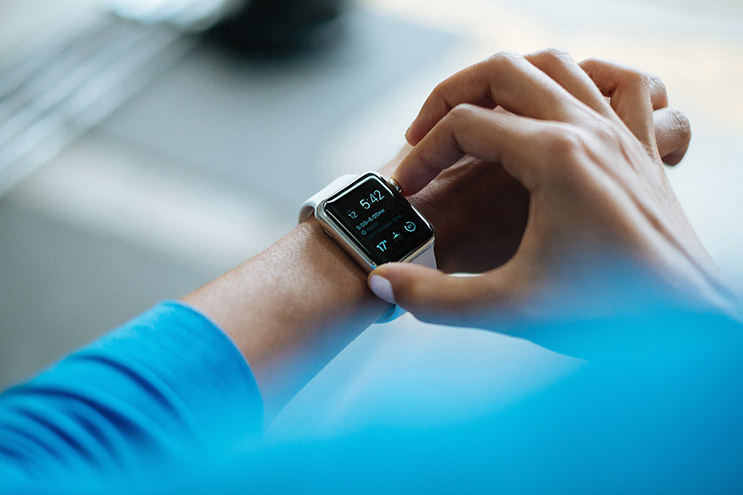Fact sheet 07-2016
Social Media as Enabler of Self-care and the Do-it-yourself Movement?
The power of social media
Recent use of social media, especially when teaming up in closed, focused groups, makes patients more informed and aware of their possibilities and rights as a patient, and seems to be a big driver for “patient empowerment”. More and more patients team up in social media groups – both closed groups, secret groups and open groups, discussing challenges, advice, solutions for managing diseases or health challenges. Some groups are open, but the closed groups have much more posts and activity. To really get to know what is going on at the patient level, you need to be part of these groups.

The DIY trend
The DIY, i.e. “do-it-yourself” trend has entered the health arena the last few years, and is expected to increase in coming years. People are following publically accessible tutorials on the Internet to build custom hardware communicating with vendor-locked sensors. An example of such a device is the xDrip unit, made by patients communicating with the Dexcom Continuous Glucose Monitor (CGM) [1].
Social media has meant a lot both for spreading the DIY trend among patients and as support groups for patients. For instance, the “CGM in the Cloud” Facebook (closed) group, which was started by parents of children with diabetes who hacked the Dexcom CGM data protocol to make better solutions for their children themselves, also referred to as “Nightscout”. Their closed FB group has increased from 0 members in May 2014 to 22,000 members in January 2017. The Norwegian Nightscout group has 450 members. Internationally, there are more than 1,500 installations of Nightscout, of which 75% are used for children.
Artificial pancreas
Worldwide there are 130 persons who have used similar technologies through the OpenAPS community [2] to make and use an artificial pancreas, while the industry and research community still struggle with making such solutions ready for the market. Internationally, the first DIY closed loop was completed in December 2014. The first DIY artificial pancreas was taken into use in Norway in the middle of October 2016 [3]. This is an advanced use of technology for health purposes, and is done without the health authorities’ formal acknowledgement. Examples of this and similar usage of technologies is expected to increase rapidly in the years to come, due to advances in technology and the utilization of social media.
References
- The Nightscout Project. Nightscout with xDrip and Dexcom Share (Wireless). 2016 [sitert 2016, 8. nov.]; Tilgjengelig fra: http://www.nightscout.info/wiki/welcome/nightscout-with-xdrip-and-dexcom-share-wireless.
- Dana Lewis & the #OpenAPS community. OPENAPS.ORG #WeAreNotWaiting to reduce the burden of Type 1 diabetes. 2016 [sitert 2016, 8. nov.]; Tilgjengelig fra: http://www.openaps.org/.
- NRK. Silje (6) har heimelaga bukspyttkjertel. 2016 [sitert 2016, 8. nov.]; Tilgjengelig fra: https://www.nrk.no/mr/xl/pappa-laga-ny-bukspyttkjertel-til-diabetessjuke-silje-1.13184479.